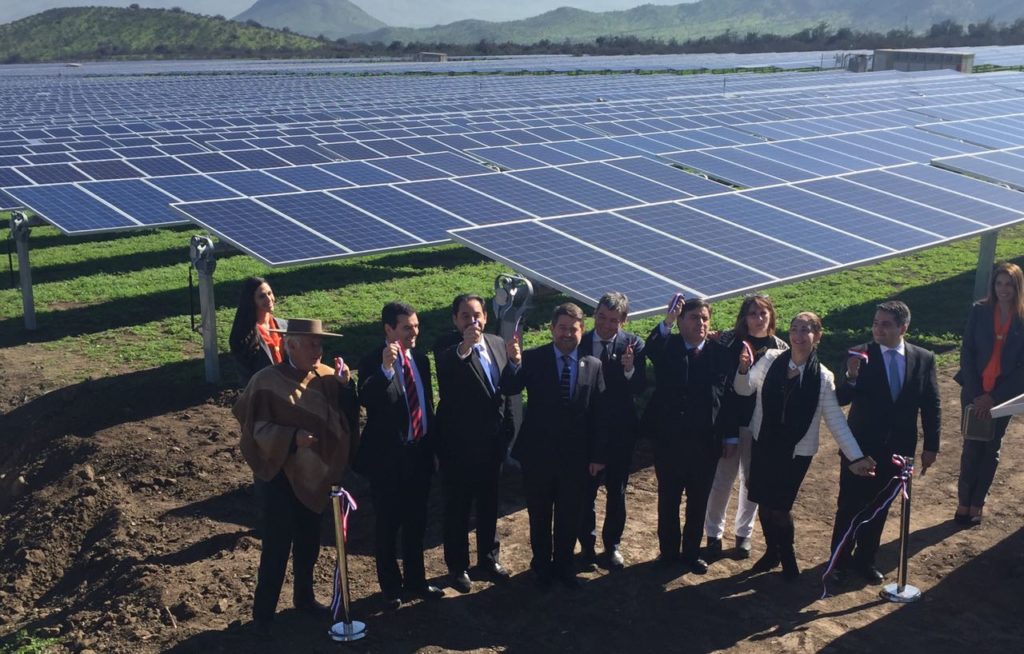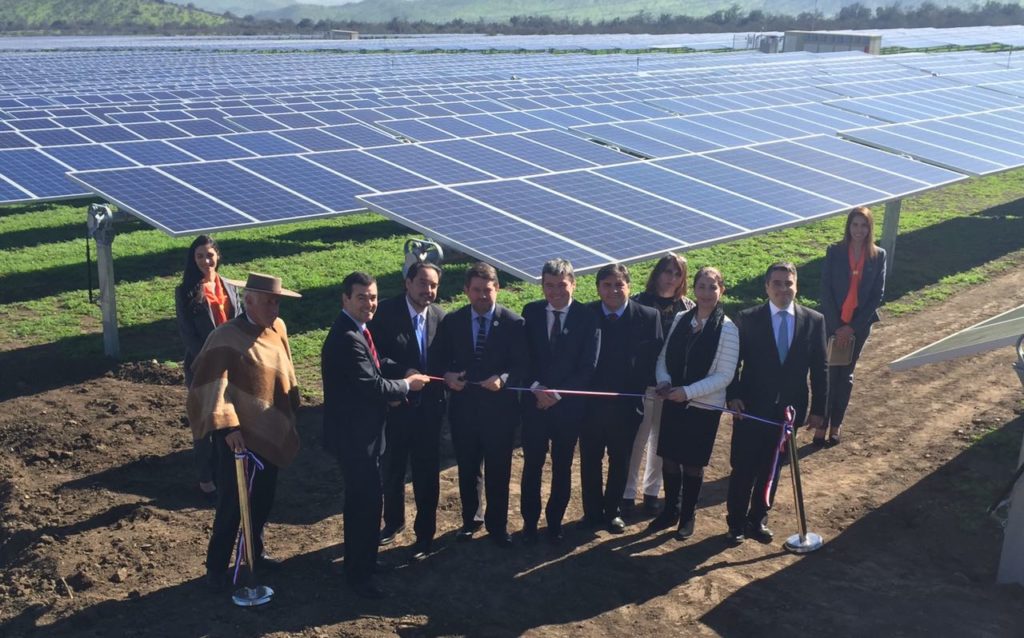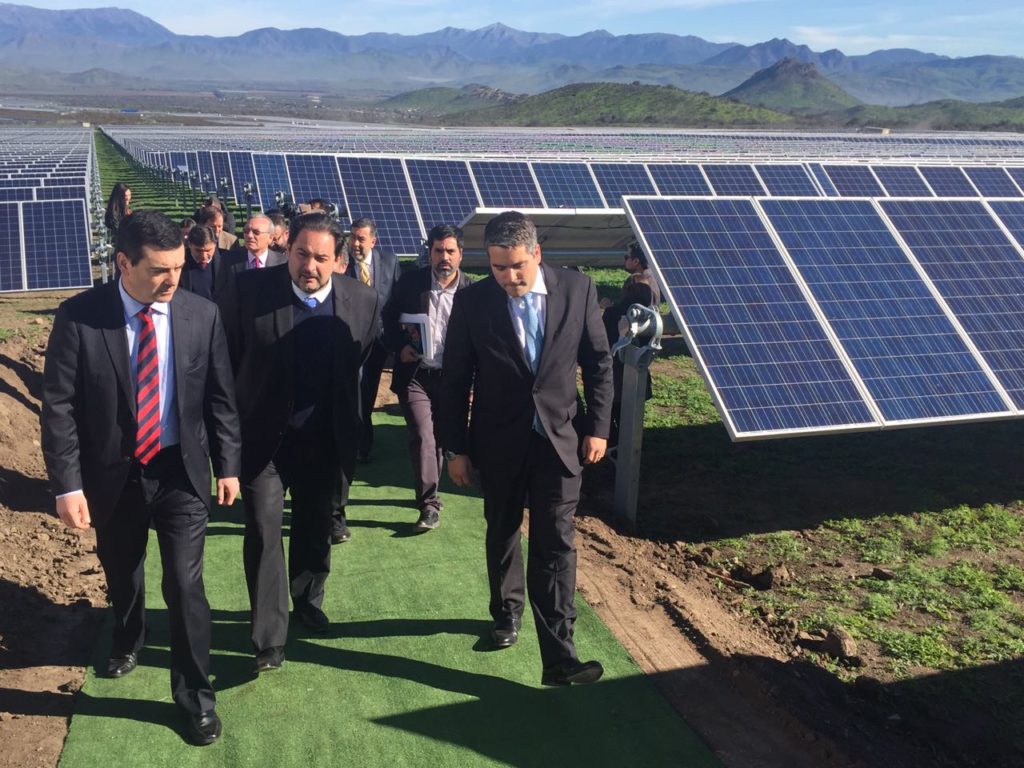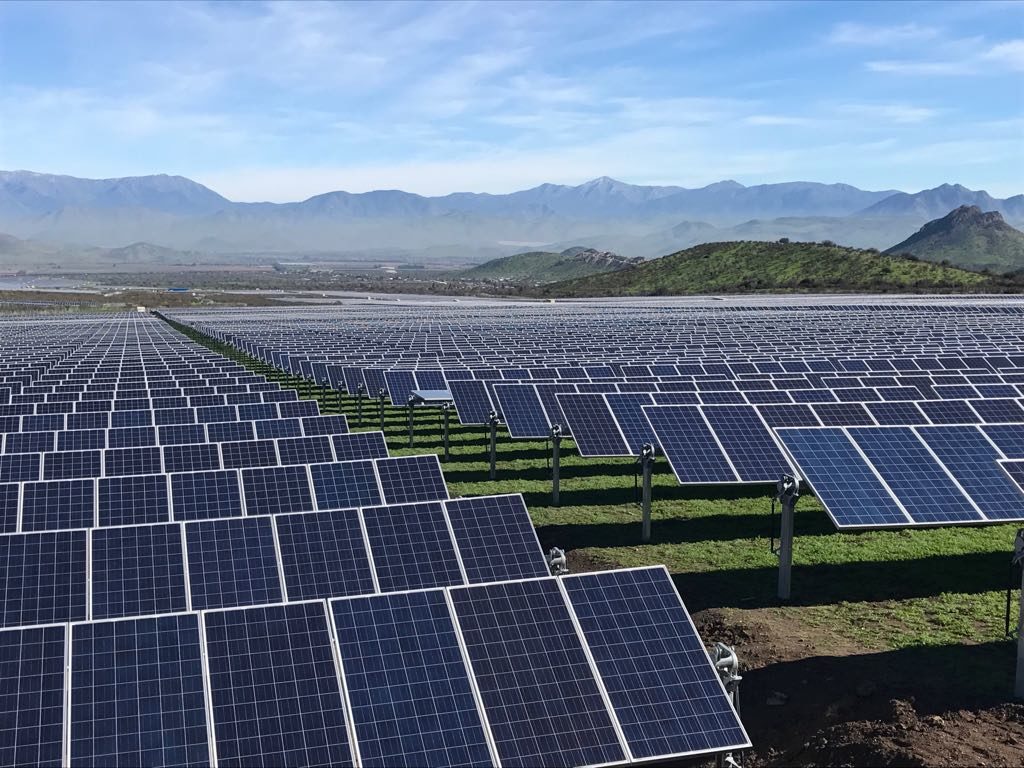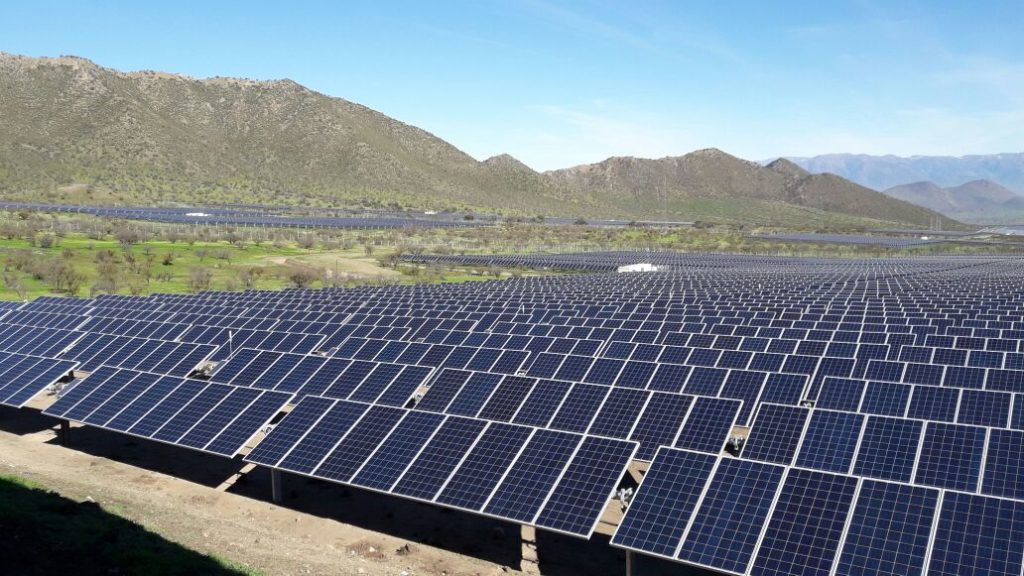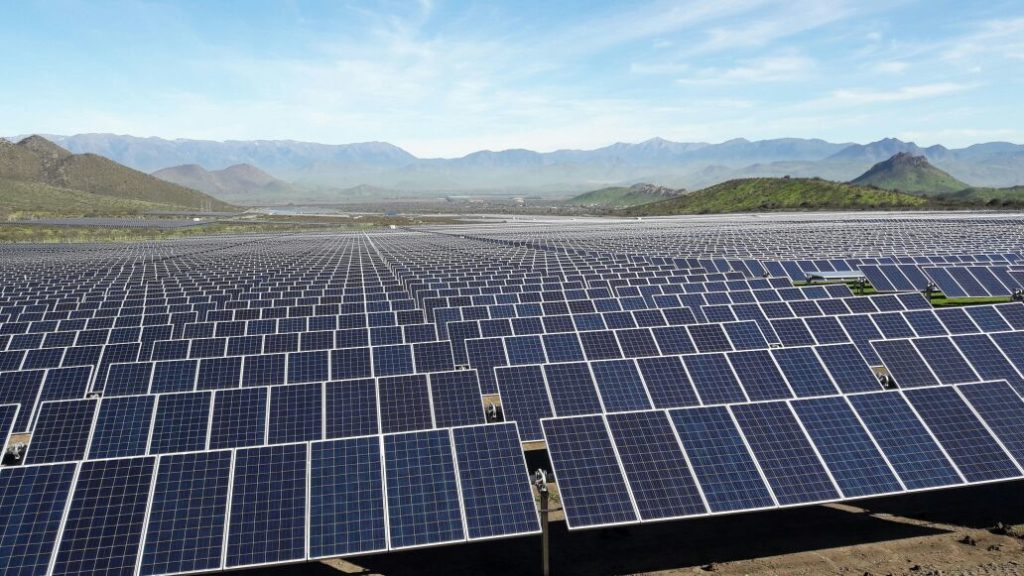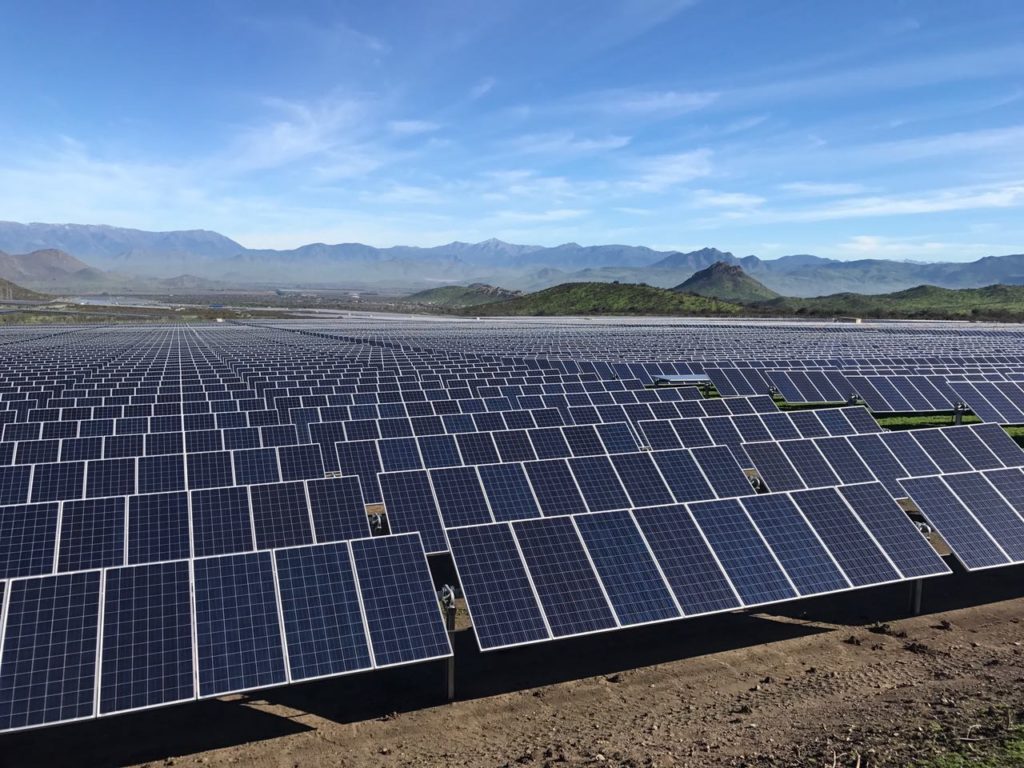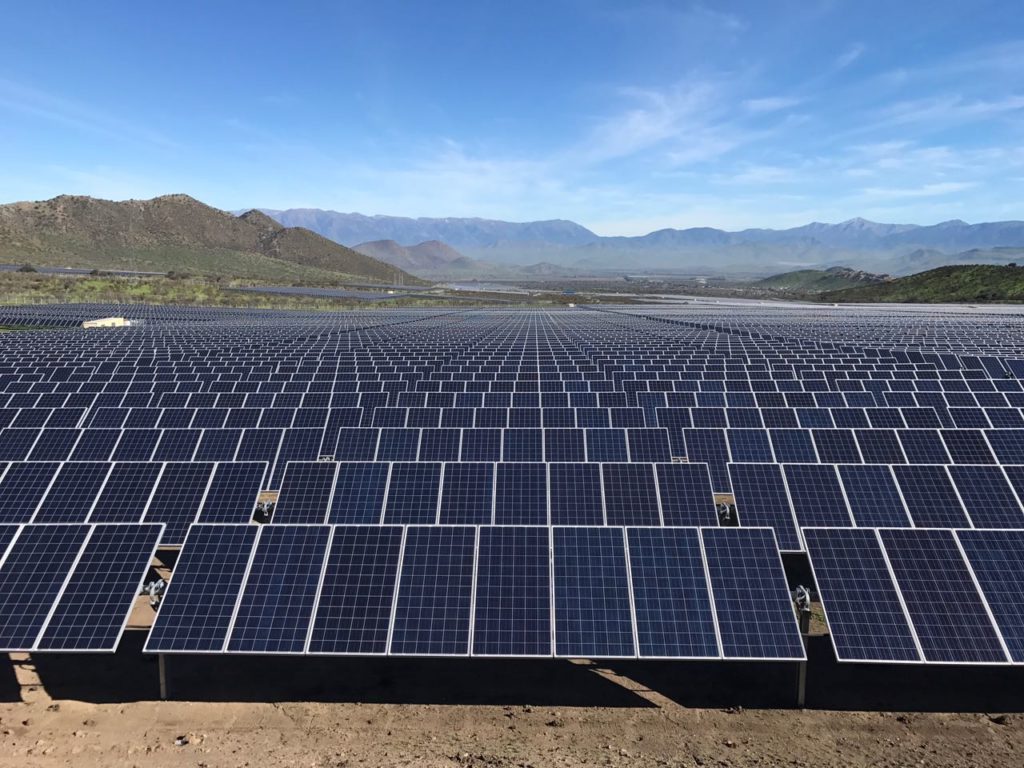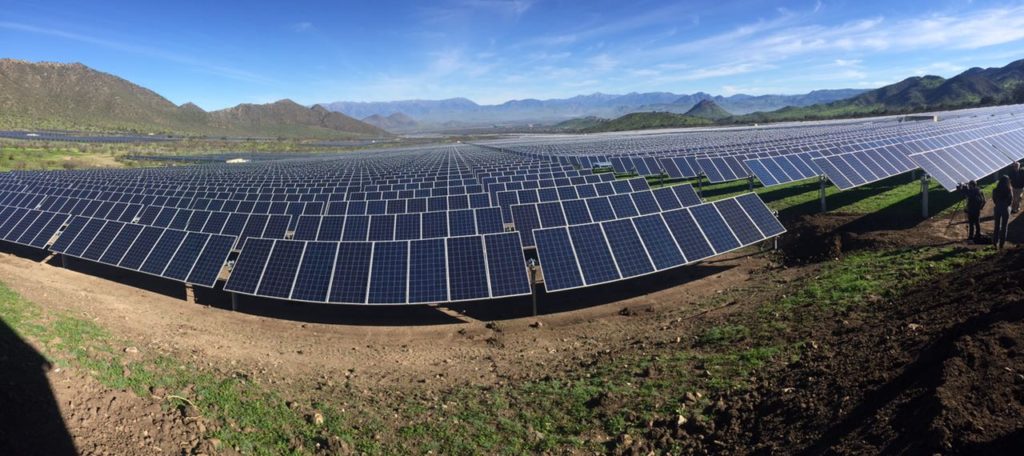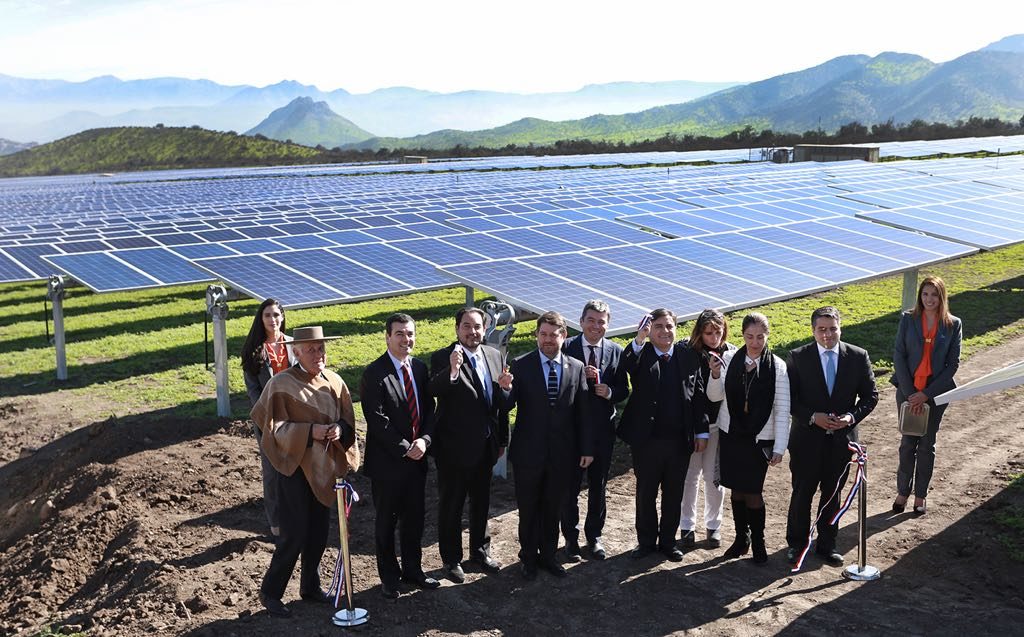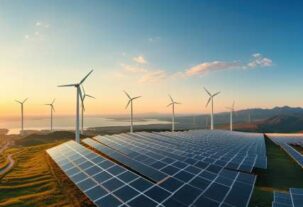10 keys to the Quilapilún Solar Park, the largest photovoltaic plant in the Santiago Metropolitan Region
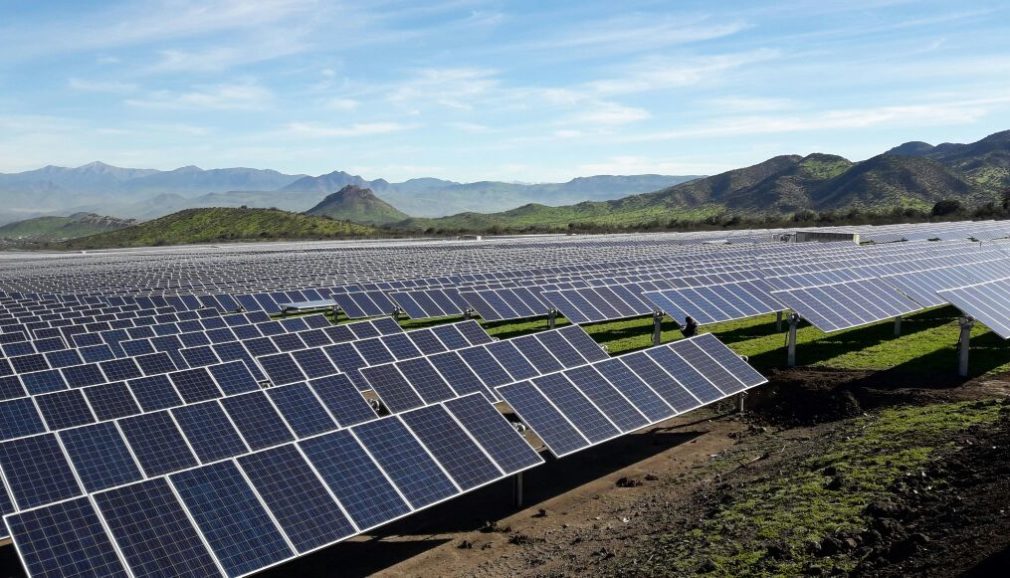
The recently inaugurated Quilapilún Solar Park, located 40 kilometers from Santiago, is an example of Chile’s implementation of a clean energy development policy.
Chile is a natural laboratory for the development of non-conventional renewable energy (NCRE) projects and sustainable businesses. Indeed, more than 60% of Latin America’s solar energy is generated in Chile.
Technological development and skilled human capital, as well as the government’s interest in promoting use of the world’s best solar radiation, have attracted the attention of important clean energy producers who see our country as a pole of development of this industry in Latin America.
Keys to the Quilapilún Solar Park
1.- Quilapilún was built by Atlas Renewable Energy, which forms part of the Actis group, a leader in the development of renewable energies in Asia, Africa and Latin America.
2.- The Quilapilún solar plant is located 40 kilometers from Chile’s capital, Santiago, whose population of 6.2 million inhabitants means high energy demand.
3.- This is Atlas Renewable Energy’s first project and the company has indicated that it has an expansion plan for Chile and the rest of Latin America which represents an investment of US$525 million.
4.- Quilapilún comprises a total of 350,000 solar panels across an area of 288 hectares, making it the largest solar project in the Santiago Metropolitan Region.
5.- It has an installed capacity of 110 MWp and expects to produce some 243 GWh annually, sufficient to supply 110,000 households.
6.- Quilapilún’s annual power production will mean the avoidance of 100,000 tonnes of CO2 emissions, equivalent to taking 22,000 fossil fuel-using vehicles out of circulation.
7.- The government’s undertaking is that, by 2020, 20% of Chile’s energy will be produced from clean sources: solar, wind, geothermal, etc. At present, 17% of the country’s energy comes from renewable sources. The longer-term target is to reach 70% by 2050.
8.- Over the past four years, 142 NCRE projects have been implemented in Chile and are in operation and injecting energy into the system.
9.- NCRE plants contribute 3,178 MW to the system and the 32 projects currently under construction are expected to contribute a 935 MW of clean energy.
10.- At present, two-thirds of all Latin America’s installed solar capacity is in Chile, positioning it as the regional leader in this field.
Gallery

